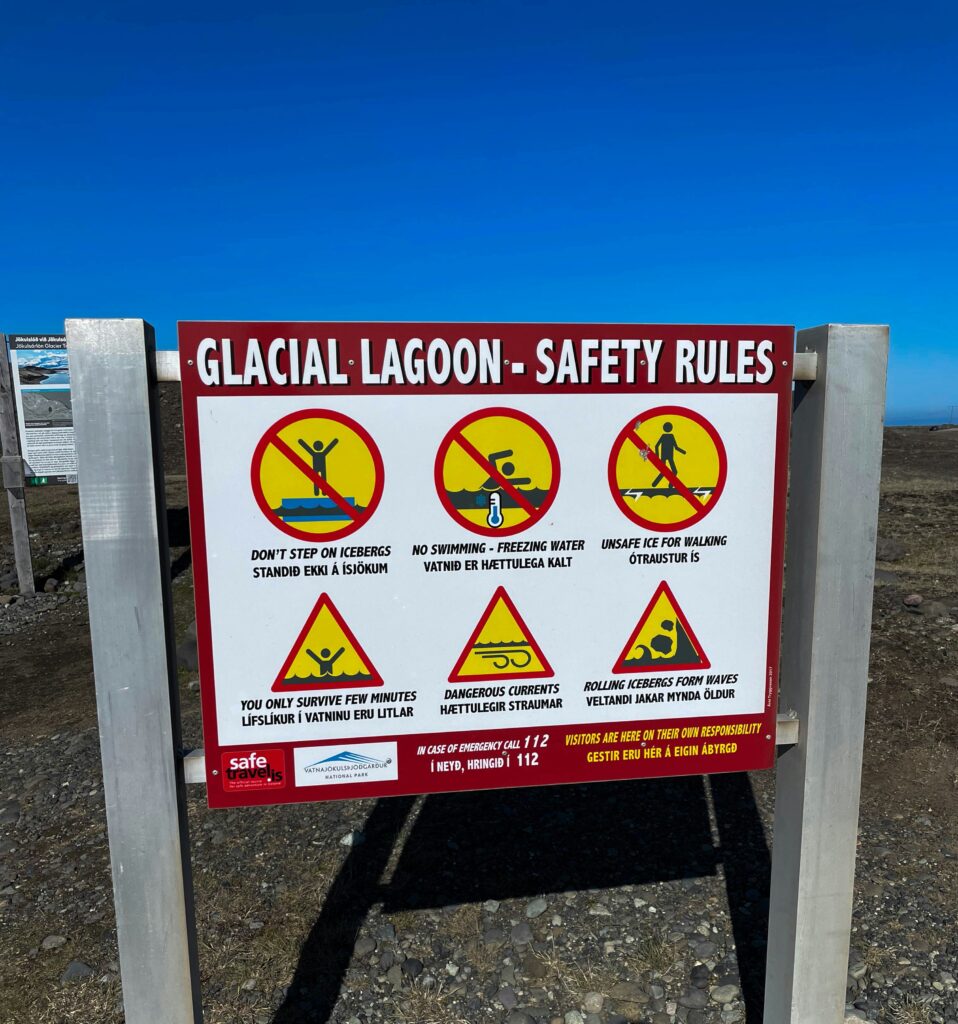
Understanding the Tsunami Alert
The tsunami alert system in Alaska is a crucial component of the state’s disaster management strategy. It is designed to provide timely information about potential tsunamis generated by seismic activity, underwater landslides, or volcanic eruptions. The process begins when seismic monitoring networks detect significant underwater earthquakes, especially those with a magnitude of 7.0 or higher. The National Oceanic and Atmospheric Administration (NOAA), along with the National Tsunami Warning Center (NTWC), evaluates the earthquakes’ data to determine whether they pose a tsunami threat.
Alerts are categorized into three levels: tsunami warning, tsunami advisory, and tsunami watch. A tsunami warning signifies that a tsunami is imminent or has already occurred, demanding immediate action for evacuation and safety. In contrast, a tsunami advisory indicates that a tsunami may still occur, though it is expected to be less severe. A tsunami watch serves as a precautionary measure, suggesting that individuals should stay informed as conditions can change rapidly. These alerts utilize a combination of real-time data and modeled predictions to ascertain tsunami heights and expected arrival times at specific coastal locations.
Tsunamis are predominantly generated through undersea earthquakes. When tectonic plates shift abruptly, they displace large volumes of water, triggering waves that can travel at high speeds across ocean basins. The severity of a tsunami is influenced by various factors, including the earthquake’s magnitude, depth of focus, and the geological characteristics of the ocean floor. Historically, Alaska has experienced notable tsunami events, such as the 1964 Good Friday earthquake, which sparked catastrophic waves that devastated coastal communities. This historical context underscores the importance of preparedness and the need for effective alert systems to mitigate potential risks associated with tsunamis.
The Recent Event: Timeline of Events
The recent tsunami alert in Alaska was set in motion by a series of significant seismic activities that occurred on [insert date]. At precisely [insert time], a powerful earthquake registering a magnitude of [insert magnitude] struck off the coast of [insert location]. The epicenter of this earthquake was located approximately [insert distance] from the nearest coastal community, raising immediate concerns about potential tsunamis.
Upon the occurrence of the earthquake, the National Tsunami Warning Center (NTWC) quickly began monitoring the situation. Within minutes of the earthquake, local authorities were notified and commenced the process of assessing the potential threat level. At [insert time], the NTWC issued the tsunami alert, categorizing it as a [insert type, e.g., warning, advisory], indicating that coastal areas could potentially face hazardous conditions.
In response to the alert, local emergency management agencies took swift action. Evacuation notices were issued for vulnerable coastal populations, recommending that residents move to higher ground to ensure their safety. By [insert time], public announcements were made via social media, radio broadcasts, and local news outlets to ensure widespread dissemination of information regarding the situation and safety measures. Eyewitness accounts from residents described the atmosphere as tense, with many families hastily gathering supplies and preparing for possible evacuations.
Media coverage followed closely, providing continuous updates on the situation. Reporters interviewed officials and residents, capturing the urgency and concern permeating the affected communities. The timeline of events illustrates not only the rapid response of official entities but also the significant role of local news in informing the public. As the situation unfolded, updates were shared, underscoring the importance of community preparedness in facing natural disasters. This sequence of events highlights the critical intersection of science, safety measures, and human experiences in the context of significant seismic threats.
Impact on Communities and Infrastructure
The recent tsunami alert in Alaska has initiated a profound response across coastal communities, prompting both immediate evacuations and long-term considerations for future preparedness. Residents found themselves in uncertain situations, as the threat of a tsunami can disrupt daily life significantly. Many chose to evacuate, leading to temporary displacement and anxiety regarding property safety and personal well-being. The psychological toll induced by such alerts is considerable; communities grapple with heightened anxiety and stress that persists even after the immediate threat subsides.
In terms of urban infrastructure, the preparedness of local schools, hospitals, and emergency services was tested. Schools were required to shift from typical operations to emergency protocols, with staff trained to handle evacuation procedures and crisis management. Healthcare facilities, too, had to activate their emergency response plans, ensuring they could remain operational under threatening conditions. Emergency services across the Alaskan coast mobilized rapidly, demonstrating commendable coordination; however, the effectiveness of these responses can vary based on the resources and training available in different communities.
The economic repercussions of tsunami alerts extend beyond immediate safety concerns. The fishing and tourism industries—cornerstones of many coastal economies—often face significant disruption during such events. Fishing activities may be halted due to safety concerns or damage to vessels, while tourism can dwindle as visitors may choose to avoid areas perceived as dangerous. In the wake of such alerts, long-term strategies are essential for communities to secure their economic future. These strategies may include improved infrastructure, investment in early warning systems, and community education programs to bolster resilience against future alerts and disasters. Through these efforts, communities can mitigate the potential damages and create a more robust framework for dealing with the implications of tsunami threats.
What’s Next: Preparedness and Future Measures
The recent tsunami alert in Alaska has underscored the urgent need for enhanced preparedness and future measures to mitigate the impact of such natural disasters. Emergency management agencies are now focusing on continuous training and drills, not only for emergency services but also for the community at large. Regular exercises will help to ensure that both first responders and citizens are well-prepared to react swiftly and effectively in the event of a tsunami.
Advancements in technology play a crucial role in developing more reliable tsunami detection and alert systems. The use of sophisticated sensors and monitoring systems allows for faster detection of geological events that could trigger tsunamis. This enables agencies to issue timely warnings, thus minimizing risks to life and property. Investing in these technologies is essential for improving the overall efficacy of tsunami preparedness.
Another significant area for development is community education regarding tsunami risks. Informing the public about the signs of an impending tsunami, the necessary emergency protocols, and the resources available can vastly improve community resilience. Educational initiatives, including workshops and informational sessions, should be prioritized to foster awareness and preparedness among residents in tsunami-prone areas.
Furthermore, enhancing communication strategies during emergencies is vital. Establishing clear channels for disseminating information can significantly reduce confusion and panic. Government agencies and local organizations are working collaboratively to develop more effective ways to notify the public during such crises, ensuring that residents receive accurate and timely updates.
In conclusion, the lessons learned from the recent tsunami alert in Alaska present an opportunity to reinforce and improve preparedness measures. By investing in training, technology, public education, and effective communication, communities can enhance their resilience against future tsunami threats.

